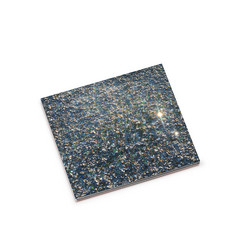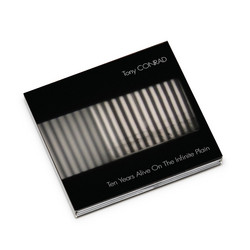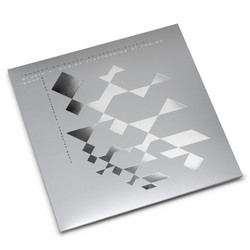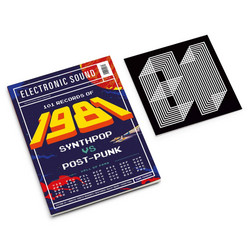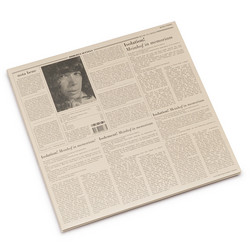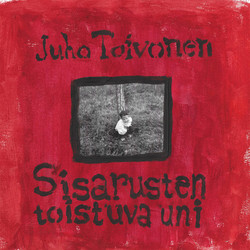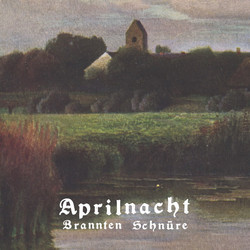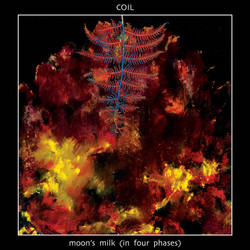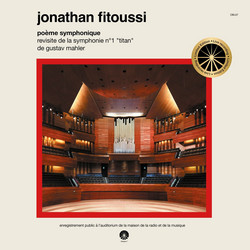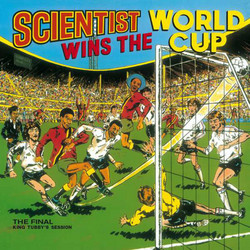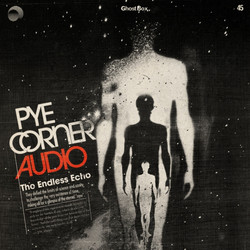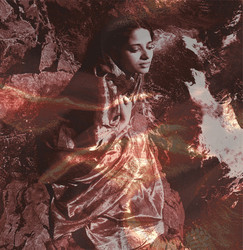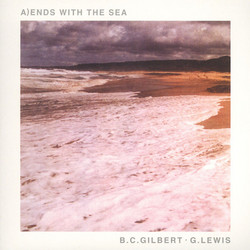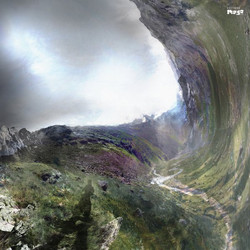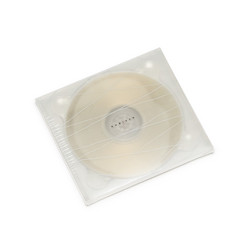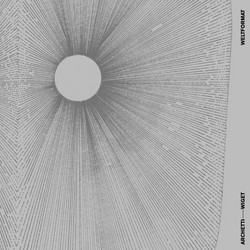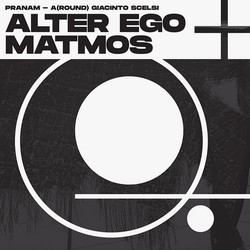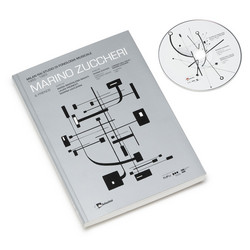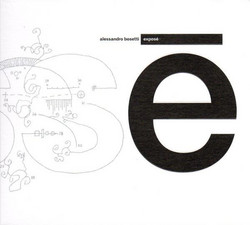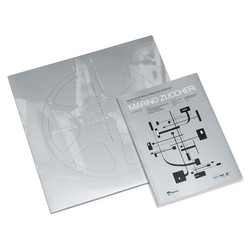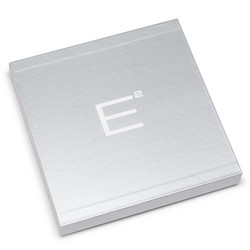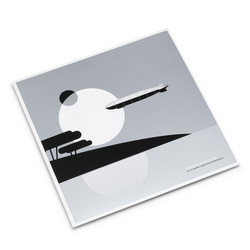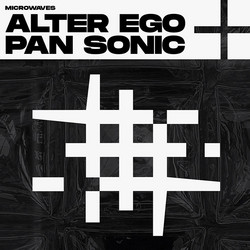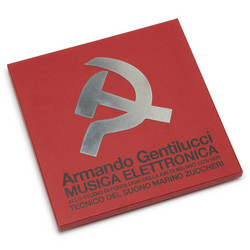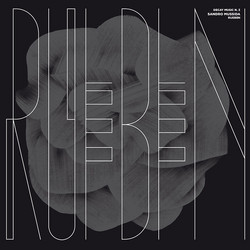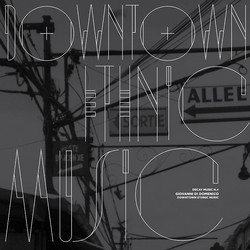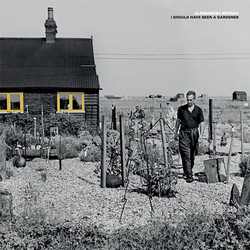Martino Traversa is a renowned Italian composer who studied at Salzburg’s Mozarteum, at the CCRMA at Stanford University and with Luigi Nono from 1987 to 1989. The CD “Critical_Path” presents for the first time ever a selection of his electronic music works, composed between 2000 and 2008.
Beside being a prolific composer, Martino is a very active cultural promoter: he founded the Ensemble Edgard Varèse in 1990, with Luigi Nono's support; in 1991 he launched "Traiettorie", a highly-reputed international festival of modern and contemporary music in Parma, where he is also professor of music at the University. In recent times, he established the “Casa del Suono” in Parma, a place entirely devoted to new music’s events and symposia.
The most important piece in this CD is undoubtedly "Variations uponoriginal a labyrinth ", influenced by two of the most significant personalities of Italian Avantgarde, the poet Edoardo Sanguineti and the composer Luciano Berio, and in fact based on the “Laborintus” text by Edoardo Sanguineti, read by the poet himself. Indeed, it was Berio who suggested to Traversa to compose this work, when they first met in 1999 in occasion of the Macerata Music Festival. The work is – in Traversa's words – “a study on Sanguineti’s linguistic complexity, an attempt to push his words to the limits:… A sort of sonic “centrifugue” in which every single phoneme, or aggregate of phoneme-word-sentence occupies multiple spaces, propagates through many different loudspeakers, thus defining different layers of listening. Some time the whole entity produces a sense of displacement, due exactly to the high amount of information that our ear is not really able to fully process, as it is immersed in a sort of labyrinth...”
Parma is particularly important for the composition NGC 253, a sort of virtual sound sculpture realized for the outstanding "Sonic Chandelier" installed in the Casa del Suono (House of Sound) in the city where he lives. The Chandelier consists of 228 speakers precisely distributing sounds in the area below the installation, giving the listeners the feeling that the sound is coming from invisible sources moving just above and around their heads. This site-specific work's main constituent is anything else but 253 milliseconds of noise, taken from an old vinyl recording, that undergoes a subtle transformation, evolving and wandering in different time and spatial dimensions, but following always a spiral nature, falling from the top to the bottom of the acoustic space as a sort of "quantistic rain of sounds".
This is not the only composition inspired by a specific site in this amazing CD. "Coming to the temple of Asclepion" was composed after a visit to the ancient temple situated on top of one of the hills of the Greek island of Kos, where the surrounding sounds are greatly evocative: waves breaking on the rocks and the shrill of cicadas in a landscape made mainly of blue sky. taking inspiration from these sounds (and far from any new-ageish reference), the composition is a sort of programmed crescendo that builds up to a drama: a high level of noise is followed by a sudden, immense, silence. What remains is the image of the "écume des mer" that climbs up the hill, bringing with it the voices of the thousands of men and women that lived there, just to make us remember once again the fragility of the human existence.
Last but not least, "Critical_Path" is a composition that once again starts from natural sounds, like water’s or wind’s, or the sound of traditional instruments like – for example – the piano, and aims to explore the intrinsic properties of the nature of each sound, in order to define a specific abstract reference model. It is realized through a sound-generation engine based on a new type of synthesis and sound models. The new sounds are multiform, almost protean, as different structures and reference models coming from different sounds co-exist within them. This makes it possible to obtain a new sonic matter, which anyway incorporates within itself some extraneous properties.
A great "electronic" premiere for a composer definitely worth exploring.
Limited to 500 copies, comes in a deluxe tri-fold digipak with 16pp booklet
